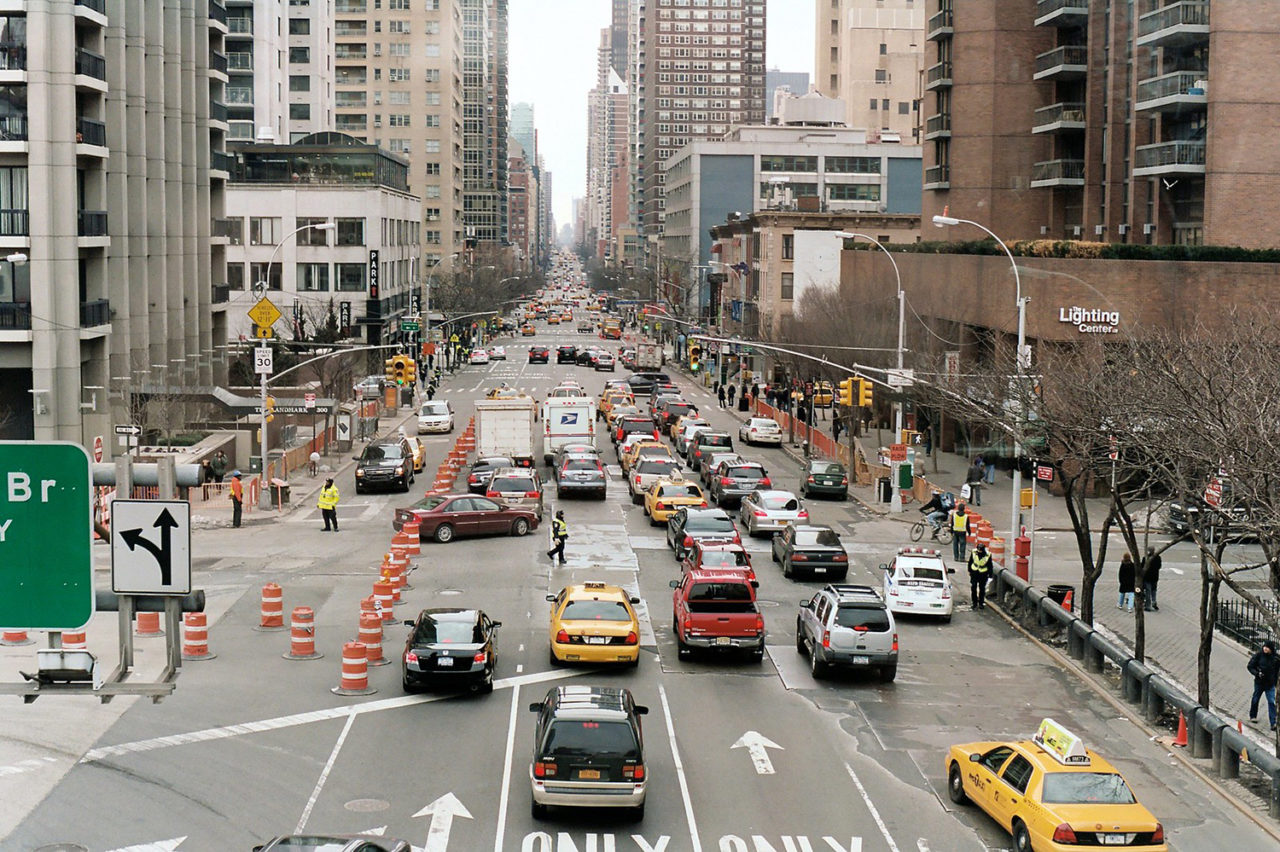by: Bria Donohue
This morning, during the July MTA Board meeting, we heard the mid-year financial update, which unpacked the detrimental impact of Governor Hochul’s decision to pause congestion pricing on the MTA Operating Budget and the downstream effects on the 2025-2029 Capital Program. The new forecast shows balanced budgets through 2026 with deficits reemerging in 2027 at $428 million and $469 million in 2028. Major contributions to this include lower projected subway and bus fare revenue and lower real estate-related tax. The preliminary 2025 budget is $19.9 billion—3% below 2091 levels. Some of the assumptions made in preparing the budget are: (1) 4% fare and toll increase in 2025 and 2027; (2) casino revenue of $500 million per year starting in 2026; (3) continue to grow operating efficiency savings to $500 million in 2025 and beyond; (4) impact of congestion pricing pause beyond 2024 not included in operating budget forecast.
There are a number of risks to the operating budget from congestion pricing if the Governor fails to lift the pause or replace the revenue. They are as follows:
| Acceleration into financial plan period (non-recurring) | Potential Timing | Potential Impact |
|---|---|---|
| Debt – requires MTA to issue previously authorized bonds earlier | Costs previously expected in 2030 could begin in 2027 | $300M |
| Short-term labor expense shift (non-recurring) | Potential Timing | Potential Impact |
| Capital to operating shift of employees with no capital work | One-time costs second half of 2025 into 2026 | $100-200M |
| Operating maintenance costs (recurring) | Potential Timing | Potential Impact |
| Bus fleet delay | Requires maintaining buses starting in second half of 2025 in outyears | $50-150M |
| Commuter railroad fleet delay | Requires maintaining locomotives starting in 2025 into outyears | $50-150M |
| State of good repair deferral | Increased need for defect repairs, upgrades, emergency response teams, on-call contracts starting in 2026 | $90M |
| Loss of congestion pricing benefits (recurring) | Potential Timing | Potential Impact |
| Increased ridership of 1.25% on public transportation | Annual revenue projected in 2025 | $70M |
| Faster bus speeds on routes that serve the zone | Schedules adjusted second half of 2025 | $10M |
The MTA needs new funding streams, like Congestion Pricing, to support their Operating Budget rather than relying on additional fare-backed debt. Currently, 15% of the Operating Budget is for debt service. If paid ridership recovery is slower than anticipated, the potential annual cost for a 5% lower recovery is $325 million. If the timing is slower than anticipated for the casino revenue, the potential annual cost is $500 million in 2026 through 2028. If the 2025-2029 Capital Program funding is overly reliant on additional MTA debt, the potential annual cost is higher fares or reduced service.
In addition to the Operating Budget forecast, during the Capital Program committee meeting on Monday, the President of MTA Construction & Development, Jamie Torres-Springer, presented an overview of the 2025-2029 Capital Program, estimated to cost $55 billion. The priority categories for the plan are based on the 20-year needs assessment. Projects on similar pace to the 2020-2024 Capital Program are accessibility, signal modernization, customer experience and technology, stations, track and right of way, buses, and bridges and tunnels. Projects that need to increase pace to catch up with decades of underinvestment above the level of inflation include railcars, Grand Central Artery and structures, power, resilience, sustainability, and shops and yards. The final category is expansion projects, such as the Inter Borough Expressway—specifically, lining up funding and kicking off design. The timeline for the 2025-2029 Capital Program is as follows: continuing to develop the plan with the Board working group in August, finalize the plan for Board presentation and vote in September, and submit the plan to the Capital Program Review Board in October.
AIA New York is committed to supporting the MTA during this challenging economic period and will continue to advocate for the implementation of Congestion Pricing and sufficient funding for the 2025-2029 Capital Program to the Governor and State Legislature.








